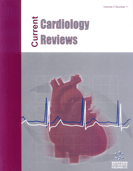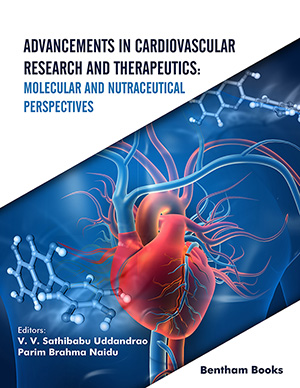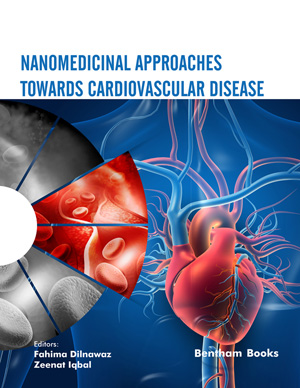Abstract
The recent developments in the management of spinal cord injury (SCI) have led to a reduction in mortality and in the consequences, resulting from incomplete spinal cord damage in those who survive. In this respect, it is noteworthy that SCI not only results in paraplegia or tetraplegia, but also in systemic, cardiovascular and metabolic alterations secondary to autonomic dysfunction. After SCI there is a decrease in sympathetic discharge and an increase in parasympathetic drive, resulting in profound changes in arterial blood pressure and heart rate. When SCI is induced in experimental animals, an immediate hypotension occurs (acute phase) which has been attributed to an autonomic imbalance involving a predominance of parasympathetic activity. Subsequently, an episodic hypertension may develop (chronic phase) as a part of a condition denominated autonomic dysreflexia. This hypertension is caused by afferent stimulation below the level of injury and can be so severe that sometimes may lead to cerebral haemorrhage, seizures, and death. In the light of the above lines of evidence, experimental SCI may provide an ideal model to study the nature of cardiovascular mechanisms following traumatic injury. Thus, the present review will deal with an update of the possible cardiovascular complications associated to SCI (including spinal shock, autonomic dysreflexia, deep venous thrombosis, and risk for coronary heart disease). This will be discussed within the context of the development of drugs with potential therapeutic usefulness in the acute and chronic stages of SCI.
Keywords: autonomic dysreflexia, cardiovascular alterations, coronary heart disease, deep venous thrombosis, orthostatic hypotension, spinal cord injury, spinal shock
 8
8













